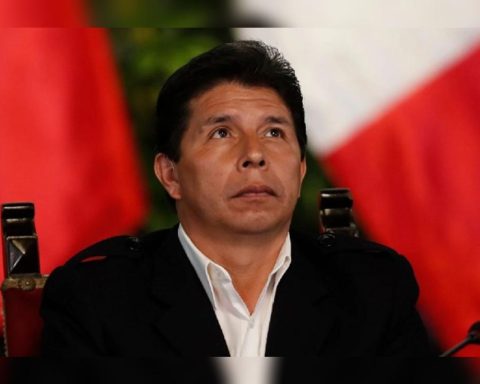The Government made official this Tuesday the increase in minimum salary which was agreed last week during the meeting of the Salary Council. The increase, which will be 20%, will be paid in four consecutive installments.
In this way, the minimum salary which currently stands at $57,900 will go to $69,500 in March 2023. With this increase, the variation over the minimum credit will reach 110.5% in the parity year.
The 20% increase over the minimum salary will be paid as follows: 7% in December, 6% in January, 4% in February and 3% in Marchas formalized through resolution 15/2022, published today in the Official Gazette.
This means that on December 1 the salary floor will go from the current $57,900 to $61,953; on January 1 it will reach $65,427; on February 1 it will be at $67,743 and on March 1 it will reach $69,500.

Likewise, with the increase the amounts of the unemployment benefit will also have increases, whose values will be the following: $28,681.35 as of December 1; $30,289.65 as of January 1; $31,361.85 as of February 1 and $32,175.26 as of March 1.
The increase will also impact the beneficiaries of Potenciar Trabajo, who receive 50% of the minimum salary for four hours a day of labor compensation. In this sense, in December, they will receive $28,950; January, $30,687; February, $31,914; March, $34,750.

After the signing of the agreement that was signed last week, President Alberto Fernández said: “What we are seeing today is precisely the result of a consensus between those who work and employers and that is something very important and very necessary in times that we live”.
There will be a new discussion in February
The Salary Council also agreed in the negotiation a few days ago, that in February of next year they will meet again to analyze the increases in the salary floor of the following monthsthis in order to start a new parity year.

In this sense, trade unionists, business chambers and the Government will take into account the price index to set the increases, since what is sought is that workers do not lose more purchasing power due to high inflationary pressure.


















